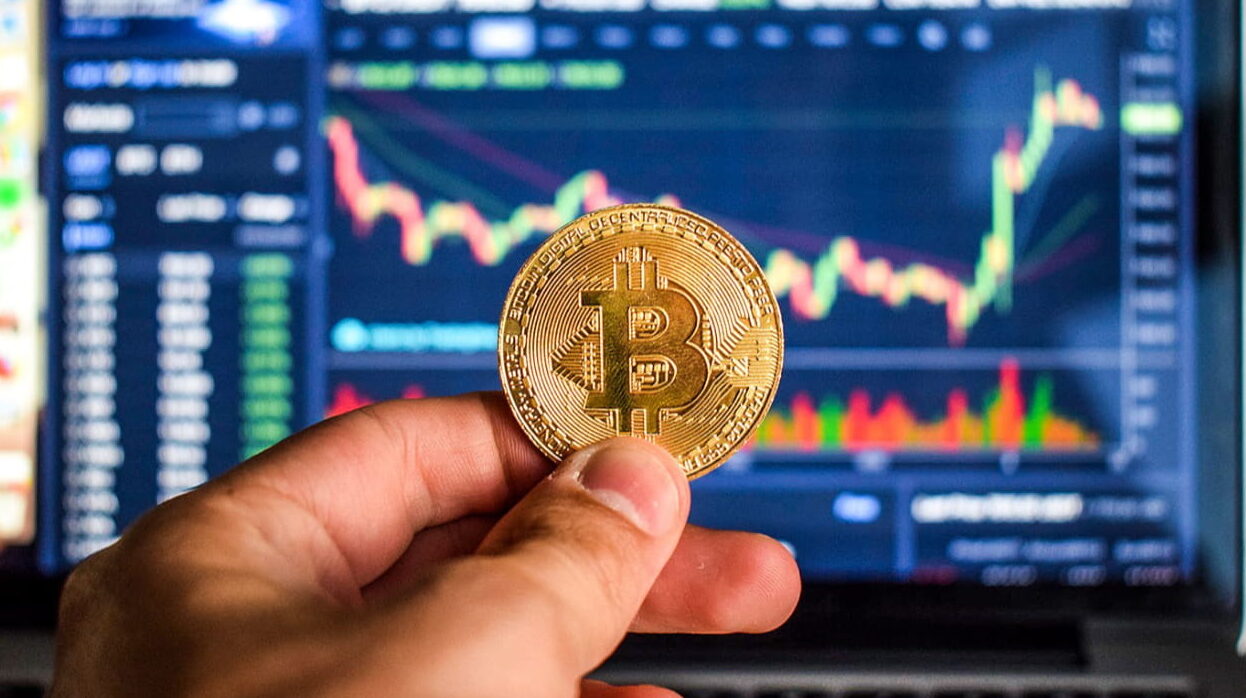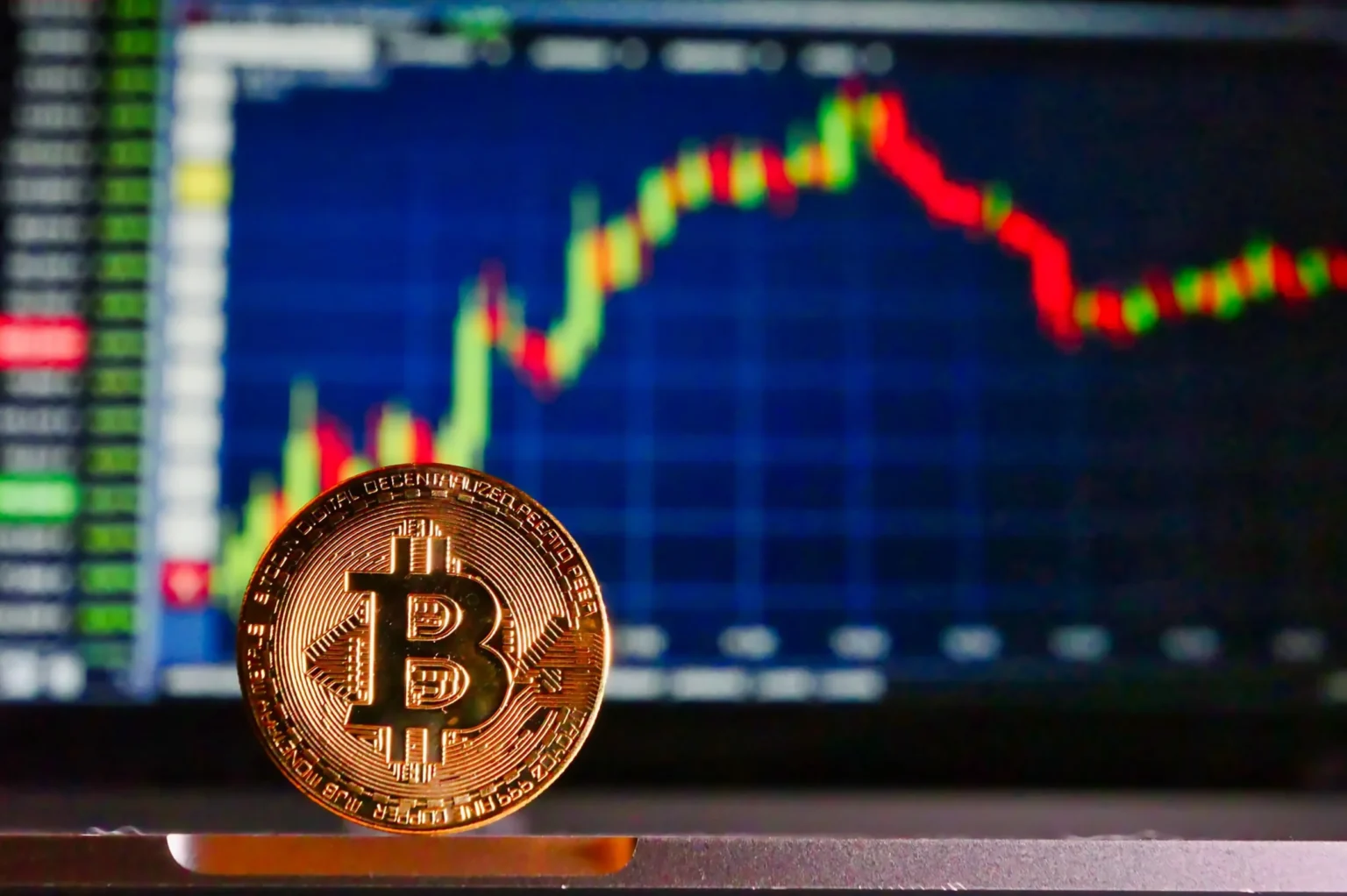Bitcoin trading has become one of the most talked-about financial activities in the past several years, drawing the interest of both individual and institutional investors. Bitcoin was created in 2009 by the enigmatic Satoshi Nakamoto. At first, it was only an experimental digital money, but now it is a well-known asset class that constitutes a large part of many people’s investment portfolios. Anyone who wants to get into the Bitcoin market, whether as a casual trader or a serious investment, has to know how Bitcoin trading works. This essay goes into excellent detail about Bitcoin trading, including important ideas, market patterns, regulatory effects, technology tools, and tactics to assist readers in making sense of this fast-paced and changing world.
Bitcoin Trading Basics Explained
The main idea behind Bitcoin trading is to buy and sell Bitcoin (BTC) to make money from changes in the price. Bitcoin trades 24 hours a day, seven days a week on many cryptocurrency exchanges across the world, including Binance, Coinbase, Kraken, and Bitstamp. This type of trading is different from regular stock markets. Governments or central authorities do not issue or control Bitcoin due to its decentralized nature. However, market supply and demand, investor sentiment, macroeconomic factors, and global events greatly influence its price.
One of the most important things about the market is how quickly Bitcoin’s price changes. Price changes of 5% to 10% or more in a single day are typical, which means there are both chances and risks. Traders employ various approaches to try to predict these price changes. These methods range from technical analysis, which looks at price charts and indicators, to fundamental analysis, which looks at on-chain metrics, adoption rates, and news events.
Bitcoin Trading Strategies Overview
The optimal Bitcoin trading strategy depends on your goals, experience, and risk tolerance. Day traders focus on profiting from price changes during the day. Technical analysis methods, including moving averages, RSI, and candlestick patterns determine market buy and sell signals in this method. Medium-term swing trading includes holding Bitcoin for days or weeks to capitalize on market momentum and trends. We monitor larger technical setups, support and resistance levels, and volume variations.

Long-term investors still use the buy-and-hold strategy, known as HODLing in the crypto sector. HODLers like Bitcoin as a money store and aren’t concerned about short-term price movements. Instead, they focus on Bitcoin usage and technology advancement. Algorithmic and automated trading are also growing. Many traders use bots and software to make transactions based on rules. Such automation helps you decide fast and without emotion. TradingView and other platforms have powerful graphing and scripting facilities for algorithmic methods.
Global Bitcoin Trading Regulations
Regulation is a big part of how Bitcoin trading works in different parts of the world. Governments and regulatory agencies are still figuring out what they think about cryptocurrencies, which makes it challenging for traders to follow the regulations. The Securities and Exchange Commission (SEC) has been careful in the US, but it is starting to approve Bitcoin-related products like Exchange-Traded Funds (ETFs), which let institutional investors get exposure to Bitcoin without having to hold it directly.
The Markets in Crypto-Assets (MiCA) regulation in Europe strives to make things clearer and safeguard consumers in all member states. This, in turn, helps keep the market stable and builds trust. Countries like El Salvador have taken brave measures by making Bitcoin legal tender, which has created a unique economic environment in the country. On the other hand, stricter rules in places like China have changed how people mine and trade, which has had consequences on markets all across the world. Traders should closely monitor regulatory statements as they have the potential to swiftly alter prices.
Bitcoin trading has grown considerably because of improvements in technology and trading platforms. Centralized exchanges like Binance and Coinbase have a lot of liquidity and advanced trading tools like margin trading and futures contracts. Uniswap and SushiSwap are examples of decentralized exchanges (DEXs) that let people trade directly with one another. These exchanges are better for people who want greater privacy and decentralization, but they don’t have as much Bitcoin liquidity.

The safety of your wallet is very important. Hardware wallets like Ledger and Trezor keep your coins safe from hackers by storing them offline. While custodial solutions and software wallets are easier to use for trading, they involve trust in third parties and come with their security problems. Platforms providing data analytics, like Glassnode and Coin Metrics, offer on-chain analysis that tracks metrics like active addresses, transaction volumes, and miner activity to give traders a better picture of how Bitcoin’s network is doing and how people feel about it. Tools that look at social media sentiment look at patterns on Twitter, Reddit, and other sites that typically come before price changes.
Risk Management and Psychology
Every trader needs to know how to manage risk because Bitcoin prices can change quickly. Setting stop-loss orders, spreading out investments, and only putting in money that one can afford to lose are all basic things to do. Leverage makes both gains and losses bigger; therefore, you need to be careful while using it. Discipline of the mind is just as vital. Fear and greed can make you trade without thinking and lose a lot of money.
Traders can get through rough markets by sticking to their trading plans, keeping to their tactics, and not falling for “FOMO” (Fear of Missing Out). Many exchanges offer educational materials and demo accounts that let traders experiment and improve their tactics without putting their money at risk. Getting involved in trading communities, going to webinars, and following industry gurus like Michael Saylor and Cathie Wood will help you learn even more.
Final thoughts
As more institutions get involved, technology improves, and regulations become more mature, Bitcoin trading is likely to keep changing. The emergence of more regulated Bitcoin ETFs and derivatives markets will probably make the market more liquid and deeper. New blockchain technologies, like the Lightning Network, make transactions faster and cheaper. These innovations could change the way trading works. Artificial intelligence and machine learning will help traders more and more with assessing complicated data sets and making trades with accuracy. Cross-chain interoperability projects that use protocols like Polkadot and Cosmos could lead to new types of decentralized finance (DeFi) products that are based on Bitcoin. Even though the market is unclear and Bitcoin prices are often changing, the outlook for Bitcoin trading is still strong, giving both new and experienced traders intriguing chances.







